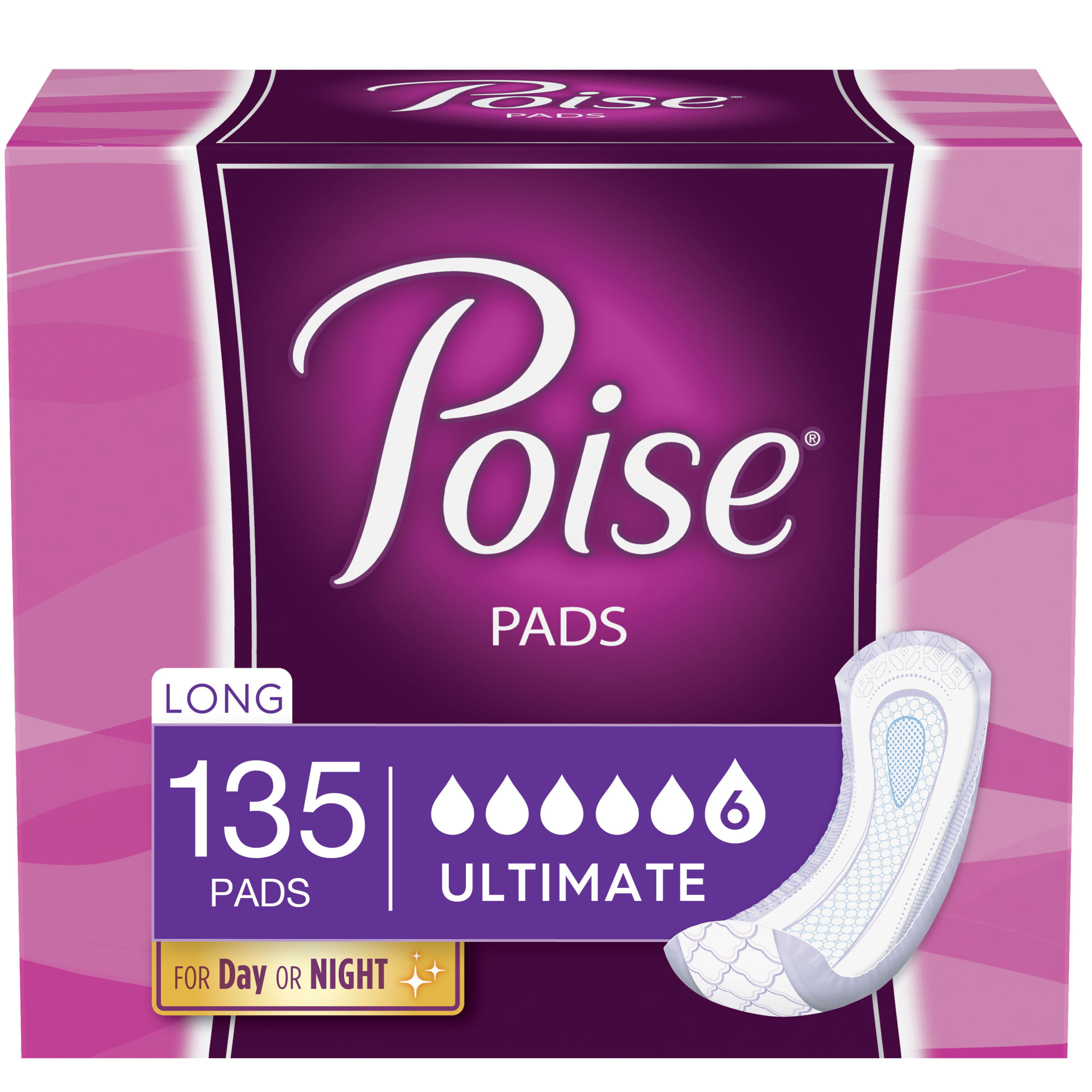
September 2, 2024
Checking Out The Emotional Impact Of Urinary Incontinence
Urinary Incontinence Bladder Urinary Incontinence American Cancer Culture In guys with BPH, an enlarged prostate is noted on physical exam. Sometimes, additionally analysis might be required to eliminate prostate cancer or other obstructive conditions.301 The scientific presentation of OFI is identified by lower urinary system signs (LUTS). This range of symptoms results from compression of the urethra, which subsequently brings about an unpredictable detrusor muscle mass or to bladder distention and Vaginal Pessaries hypertrophy brought on by the patient's chronic failure to completely empty the bladder.- Approaches Cross-sectional analysis of a population-based mate of 2109 middle-aged and older ladies that were randomly picked from age and race/ethnicity strata.
- Normally, either impulse or tension urinary incontinence is a lot more predominant or bothersome.
- If you're really feeling disappointed or down around your condition, assistance can make all the difference.
- Urinalysis and microscopy are necessary to omit a UTI, while dimension of post-void recurring pee provides a great price quote of invalidating effectiveness.
Therapy/ Management
What are coping mechanisms for urinary incontinence?
- Quit cigarette smoking. If you smoke, you placed on your own in jeopardy of incontinence, due to the fact that coughing places pressure on your pelvic flooring muscles.Do the best
- exercises.Avoid lifting.Lose excess weight.Treat constipation promptly.Cut down
- on caffeine.Cut down on alcohol.Drink lots
- of water.
- Behavior modifications such as bladder training.Pelvic floor exercises.Lifestyle adjustments such as a healthy, well balanced diet regimen to maintain a healthy and balanced weight.Avoiding alcohol.Medication. The mental impact of incontinence can not
- be ignored If incontinence is not taken care of well, the individual
- with incontinence might experience sensations of denial, social isolation, dependency, loss of control and might also develop
- problems with their body
- picture.
Table 2
An approximated 50-70% of women with urinary incontinence fail to look for medical analysis and therapy due to social stigma. Just 5% of incontinent people in the community and 2% in assisted living home receive appropriate clinical examination and treatment. Individuals with urinary incontinence frequently live with this condition for 6-9 years before looking for clinical treatment. Some individuals with tension urinary incontinence have urine leak into the proximal urethra that might, initially, trigger sensory urgency and/or bladder contractions, which at first are suppressible. Later on, in a subgroup of these people, myopathic changes might take place in the bladder that make the spread of unusually created contractile signals much more effective and harder to reduce willingly. The research study data was accumulated on-line in between March and October 2020 making use of the online study platform Google Forms (consisting of all the material described over). When inviting the participants online (i.e., using social networks - Facebook), and disseminating a brief description of the research study in a number of blog posts in teams of middle-aged/menopause-related females, the research study objective was clearly explained. Stress Reduction Methods Stress can worsen urinary incontinence. Include anxiety reduction strategies such as mindfulness, deep breathing workouts, or yoga exercise right into your day-to-day regimen to advertise total wellness and potentially reduce incontinence triggers. Making use of antidepressants with twin natural chemical systems for the treatment of SUI requires further study, however these medications may have future utility in some clients. She has an experience in hospital operations, quality control & accreditions and numerous accreditations, procedure advancement and implementation. Learning methods to manage and decrease tension, such as bladder training and timed voiding. Social attitudes and societal assumptions may add to feelings of pity or humiliation regarding seeking therapy for urinary incontinence. It's time we smash the stigma and provide equivalent importance to both physical and psychological health and wellness while attending to male urinary incontinence. Nonetheless, recognizing the psychological effects and seeking help can produce a significant adjustment. 

Social Links